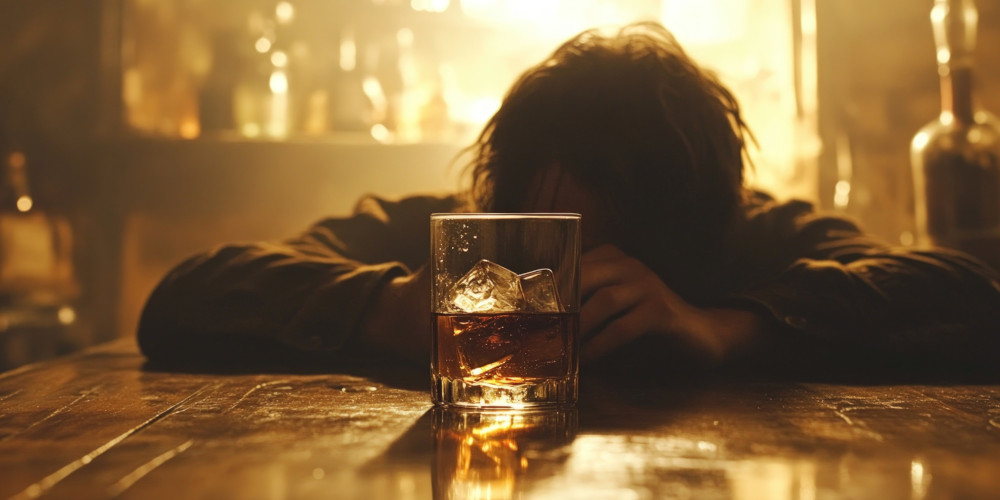It’s common for family members to unknowingly adopt one of six dysfunctional family roles in addiction that can perpetuate the disease and impede the treatment process delaying or stopping the recovery journey.
A respected specialist in the field of addictions and codependency, Sharon Wegscheider-Cruse, identified the six primary roles in a family suffering from addiction that I will expand on below. These roles were first showcased in her book: “Another Chance: Hope and Health for the Alcoholic Family”.
This role identification is so insightful, it has become the widely accepted manner in which to emphasise the effects of alcoholism on the family. For simplicity, the terms addict and alcoholic are used interchangeably.
Is Addiction a Family Disease?
Without family participation in the addiction treatment process, the chance of a positive treatment outcome is reduced. Yes, it’s that important. As an interventionist, I help families recognise these roles, understand their enabling behaviours, and develop healthy boundaries that leverage their loved ones into addiction treatment. The pressure from family doesn’t end there. Continuing to leverage the addict/alcoholic to stay in rehab is often required. We know that outcomes are contingent on the length of treatment. The is no short-term solution to a long-term problem.
Addressing the underlying dynamics of dysfunctional family roles in addiction, and how this impairment blocks families from supporting the treatment and recovery process that promotes lasting change for all, is critical.
This process is hopefully engaged in by the entire family allowing a deepening and adjusted approach that allows the family to receive therapy whilst their loved one is in rehab. This is done through Changes Rehab online addiction family support groups (attended by the family only) and conjoints (therapy meetings with loved ones and the patient). Families should begin their own therapy addressing each member’s underlying issues that have contributed towards the unhealthy roles they play in the family system.
Likely, family attendance at mutual help groups like Al-Anon, Nar-Anon, and Tough Love will be recommended. Nearly all families want to leave their addicted loved one at the rehab thinking that the problem will be solved when the patient stops using alcohol and other drugs. In truth, the family system has contributed to addiction development and everyone needs attention and care.
Do You Know Your Role?
Addiction therapists see six important family roles that perpetuate active addiction and its negative effects on the family. These roles are not concrete. Often, as the addiction progresses, family members may find themselves adopting other roles.
1. The Addicted
The addicted person is at the centre of family conflict, turmoil and dysfunction as they try to cope with life using alcohol and other drugs and fail miserably. The alcoholic tries to keep up the appearance of normalcy but has to use desperate and drastic measures to feed their addiction.
The Addicted use deceit, theft, and manipulation to keep feeding the monster their addiction has become. They may have extreme mood swings and get angry, rather blaming others than taking responsibility for their own actions. Attention is focused on, as Narcotics Anonymous puts it best, “getting and using and finding ways and means to get more” regardless of the negative effects on their loved ones.
Unconsciously, family members find themselves devoting more time and resources trying to protect the Addicted from the consequences of their behaviour and mopping up after each crisis.

2. The Saviour or Hero
This is the family member who takes it upon themselves to solve everyone’s problems. This role is typically occupied by a high achiever and often the eldest child. The Hero feels an overwhelming sense of responsibility for the comfort and protection of the family. While this family member is perceived as helpful, their constant rescuing behaviour actually enables the addicted person to continue drinking or using, as the Hero shields them from the consequences of their actions. The Hero is also the person the family can hold up and say to the world “Look, we’re doing OK!”
3. The Mascot
This is the family member who uses humour as a coping mechanism. They lighten the mood by cracking jokes – making light of serious situations, or engaging in behaviour that distracts the family. Although they may bring temporary relief, the Mascots’ efforts to minimise the gravity of the addiction only serve to prevent the family from addressing the issue or addiction head-on.
4. The Lost Child
This is the family member who withdraws from the situation and becomes emotionally disconnected from the rest of the family. They may avoid confrontation and seek solace in isolation, hobbies, or friendships outside the family unit. While their withdrawal might be an attempt to protect themselves from the chaos of addiction, their absence can exacerbate feelings of loneliness and abandonment within the family.
5. The Scapegoat
The Scapegoat is blamed for the problems within the family, whether they are related to the addiction or not. This person often becomes the focus of the family’s anger and frustration, diverting attention away from the addicted individual and the need for intervention.
6. The Enabler/ Rescuer/ Caregiver
This is the family member who consistently provides support and assistance to the addicted person. They provide money, bail the person out of legal trouble, and make excuses for their behaviour. The Enabler has good intentions. But like the other family roles, they ultimately allow the addicted person to avoid facing the consequences of their actions. This allows the addiction and the addict or alcoholic’s destructive behaviour to continue.
3 C’s for Families Facing Addiction
As an interventionist, I help families understand the importance of the 3 C’s in addressing addiction as a disease:
- Families didn’t cause the addiction, they can’t cure it, and they can’t control it.
But there’s a fourth C.
A mightily important one.
Families can go very clearly in one of two ways.
Families either contribute to the ongoing active addiction or contribute to their loved one’s recovery.
There is no middle ground. We hope that you find the willingness and courage to do the work.
By helping families recognise the dysfunctional roles they play and the enabling behaviours that accompany them, I can guide them in creating an environment that supports recovery and encourages their loved ones to seek help.
Developing healthy bottom lines and boundaries is crucial in leveraging the patient into addiction treatment. For example, family members may need to refuse financial assistance, withhold emotional support, or even consider eviction if the addicted individual continues to use substances. By clearly communicating these boundaries and following through with consequences, families can demonstrate that they are serious about the need for change.
Shifting Dysfunctional Family Roles in Addiction
In addition to setting boundaries, families must also work to realign their dynamics and roles. This may involve letting go of the Saviour or Hero role and allowing the addicted person to face the consequences of their actions. The Mascot may need to learn healthier ways of coping with stress and conflict, while the Lost Child should be encouraged to reengage with the family and participate in the recovery process. The Scapegoat may benefit from understanding that they are not responsible for the family’s problems, while the Enabler/ Rescuer/ Caregiver must learn to practice tough love and hold the addicted individual accountable.
By addressing these dysfunctional roles and enabling behaviours, families can contribute to their loved one’s recovery and create a healthier environment that supports lasting change. As an interventionist, I facilitate this transition through guidance and education. Families need to recognise that attention to their own issues is an essential part of their loved one’s treatment and recovery.
Realigning family dynamics and breaking free from dysfunctional roles is not an easy task. It’s not a one-time event either. It requires dedication and commitment. Changing lifelong dynamics is a challenging process. Families should consider attending support groups as well as family and individual counselling. By getting this treatment for themselves, families can create a healthier system that is more conducive to their loved one’s recovery.
As the family unit begins to shift away from enabling behaviours and towards healthier dynamics, the addicted individual is more likely to recognise the need for change and accept help. This is where the role of the interventionist becomes especially crucial. By orchestrating a well-planned intervention and presenting a united front, the family can effectively encourage their loved one to enter rehab and begin the journey towards recovery.
It is important to remember that for both the addicted individual and their family, recovery is a lifelong process. As the family continues to develop healthier boundaries and disengage from dysfunctional roles, they will be better equipped to support their loved one’s ongoing recovery journey.
We know that addressing dysfunctional roles and enabling behaviours within a family is a critical component of the addiction recovery process. By helping families understand their own roles in perpetuating the disease and guiding them towards healthier dynamics, an interventionist can play a pivotal role in leveraging the patient into addiction treatment. A family that’s done the work as individuals, give their addicted loved one a greater chance of achieving lasting recovery. This also provides a healthier, more fulfilling life for the entire family.
Written by Gareth Carter: Internationally accredited addictions counsellor and interventionist.

